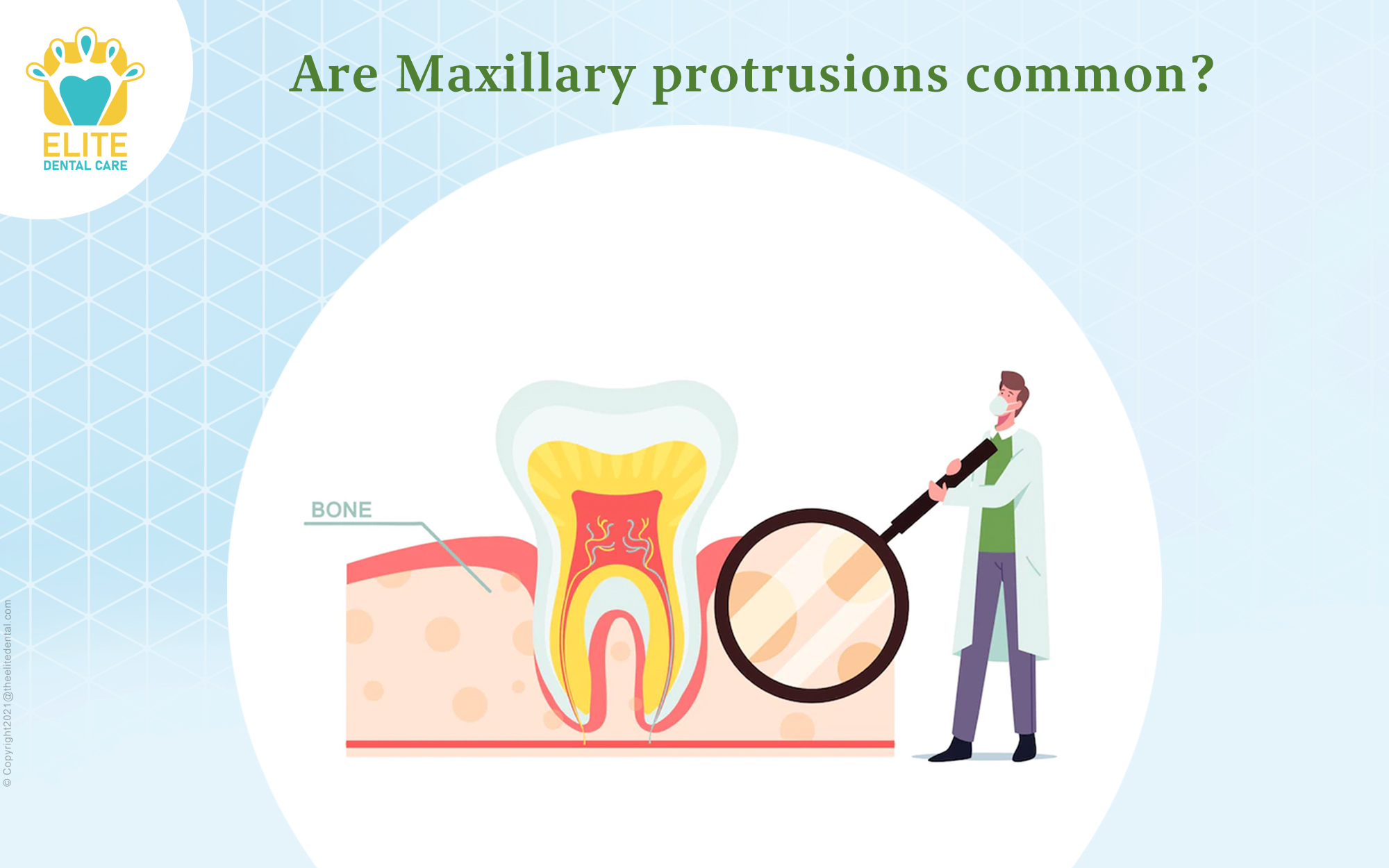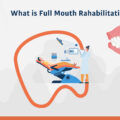
hygiene tipsRoot Canal TreatmentTeeth WhiteningTooth Extraction
edental
27 December 2022
Are Maxillary Protrusions common?
An Introduction
Maxillary protrusions can be a confusing and daunting experience for those who have them, as the condition can impact the shape and structure of the face. Many people are not even aware that they have a maxillary protrusion and have no idea what it means.
In this blog post, we’ll explore the prevalence of maxillary protrusions and what you can do if you’re one of the many people who have this condition.
What are Maxillary Protrusions?
Maxillary protrusions, or maxillary overjet, are a common condition in which the upper teeth protrude beyond the lower teeth. This can be caused by several factors, including genetics, improper alignment of the teeth or jaw, or poor oral hygiene.
When it comes to maxillary protrusions, there are various types depending on the severity. The most common type is a protrusion of the upper front teeth, which is often referred to as “buck teeth”. In this situation, the upper front teeth are further out than the lower front teeth. This type of protrusion can be caused by genetics, bad habits such as thumb-sucking or pacifier use, or problems with the alignment of the teeth or jaw.
In less severe cases, the upper teeth may not protrude beyond the lower teeth, but they may still look larger than the lower teeth. This is known as a “deep bite” and can be caused by the same factors as those that cause a protrusion.
Maxillary protrusions are more common in children and adolescents than in adults. In fact, it’s estimated that up to one-third of all children experience some form of maxillary overjet. This is why it’s important for parents to pay attention to their child’s teeth and to visit the dentist regularly.
Fortunately, maxillary protrusions can be easily treated with braces or other orthodontic treatments. Braces can help move the teeth into the proper position and give the patient a more attractive smile. In some cases, surgery may also be necessary to correct the problem.
Conclusion
Maxillary protrusions are common, but they can be successfully treated with the right care. If you’re concerned about your child’s teeth or if you think they may have maxillary overjet, be sure to talk to your dentist. They can help address the issue and get your child on the path to a beautiful, healthy smile.




